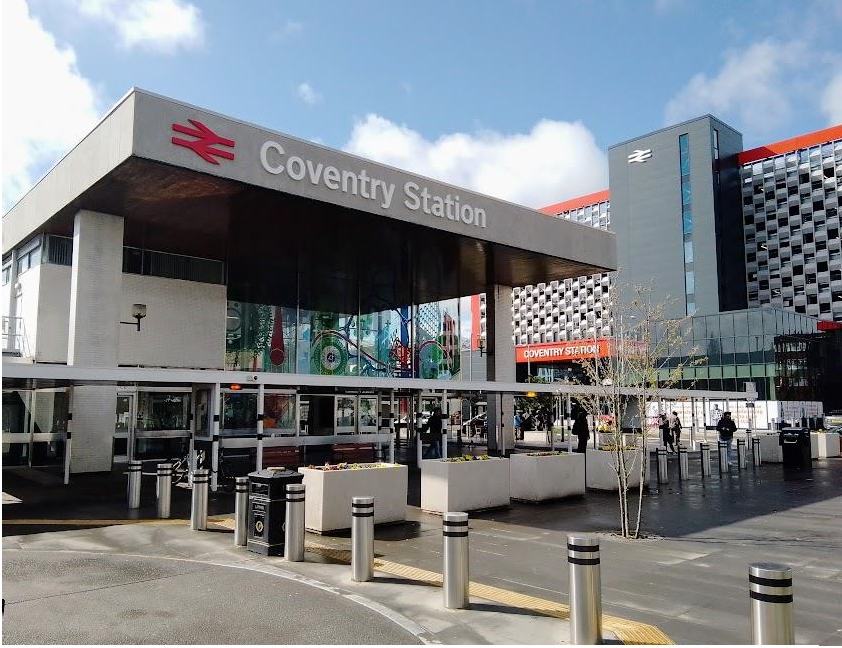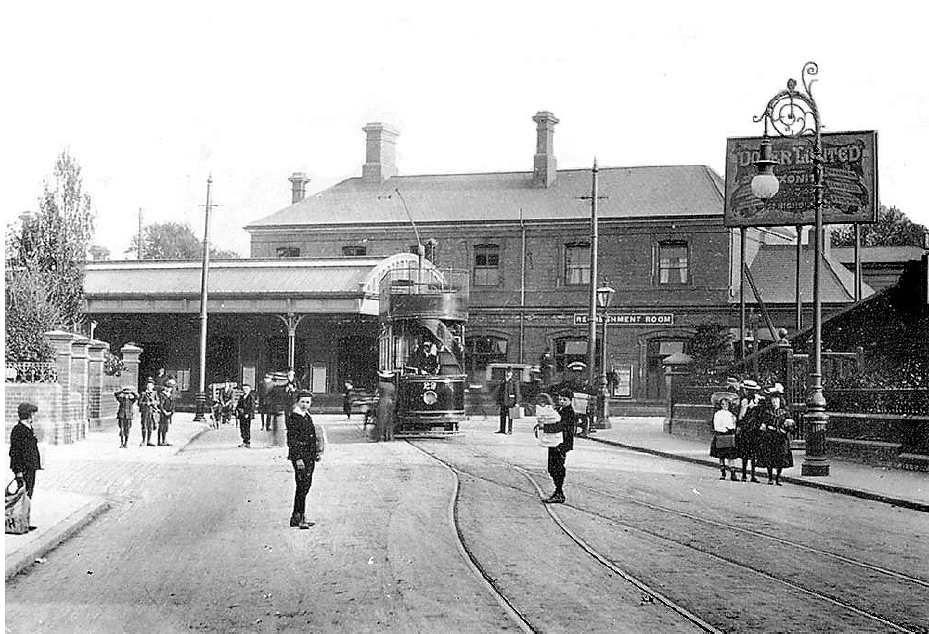CovSoc member and Chair of the Stoke History Group, John Marshall, has permitted us to re-print this interesting article about Coventry Railway Station that he wrote for the April edition of Jabet’s Ash, the newsletter of the Stoke History Group.

The modernist architecture of Coventry’s railway station was recently celebrated in an absorbing episode of the hugely impressive television series, The Architecture the Railways Built.
The series, presented by the amiable railway enthusiast Tim Dunn, examines the history of railway architecture and it features numerous stations, bridges, signal boxes, tunnels and railway paraphernalia. Included in the latest series is the stunning Forth Bridge in Scotland, the Castlefield Viaduct in Manchester, the construction of the Channel Tunnel, the story of Folkstone Harbour Station, and a look at the mighty Knaresborough Viaduct in Yorkshire.

Also included in the latest series is the funicular railway in Scarborough and, perhaps unexpectedly, a visit to Coventry, where the modernist design of the station is sometimes unappreciated by railway cognoscenti. But Tim Dunn is suitably enthralled by the sleek lines of the 1960s station, with its expansive concourse and distinctive white tiles, large glass panels, wooden balustrades and extravagant timber ceiling. He even gets to meet the station’s architect, Derrick Shorten, now 96 years old, who explains that he had a free hand in 1959 when asked to design a new station in time for the consecration of Coventry Cathedral in 1962. The programme also features a brief tour around the station with Catherine Croft, from the Twentieth Century Society, who shares Tim Dunn’s admiration.
The series is broadcast on the Yesterday channel and the Coventry programme (series 4, episode 5) can be viewed on demand at UK TV Play.

This view (above) shows the old Coventry Station in the Edwardian period. It was first built in 1838 but replaced two years later with a larger station. Extensive alterations and enlargement took place in later years but the station was always too small and cramped. This picture shows an open top tram, horse drawn vehicles, and a number of boys carrying newsagent bags, suggesting they were waiting for papers for delivery.
